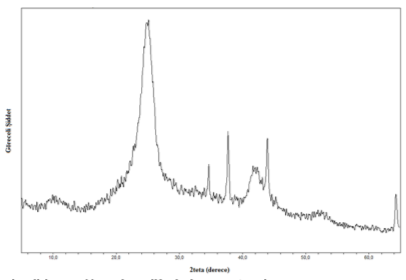Frequently bought together:
Description
1 gram: 160 €
5 grams: 740 €
25 grams: 2950 €
100 grams: 8750 €
Carbon Nanotube (CNT) Nanoribbon
Carbon Nanotube (CNT) Nanoribbons are advanced nanostructures derived from carbon nanotubes, typically produced by chemical or plasma “unzipping” methods. Unlike cylindrical CNTs, nanoribbons exhibit a flat, ribbon‑like morphology while retaining the hexagonal carbon lattice. This geometry provides high electrical conductivity, large specific surface area, and excellent mechanical strength, bridging the properties of CNTs and graphene nanoribbons. With purity above 95 wt%, controlled dimensions (OD 20–30 nm, ID 5–10 nm), and low ash content (<1.5 wt%), CNT nanoribbons are reliable for integration into high‑performance materials and devices.
Technical Properties
| Purity | >95 wt% |
| ID | 5-10 nm |
| OD | 20-30 nm |
| SSA | >110 m2/g |
| Ash Content | <1.5 wt% |
| Electrical Conductivity | >100 s/cm |
| Tap Density | 0.28 g/cm3 |
| True Density | ~2.1 g/cm3 |
| Color | Black |
FTIR Spectrum

XRD Analaysis

SEM Image

Applications
- Energy Storage: Their high conductivity and surface area make CNT nanoribbons effective as electrode materials in lithium batteries and supercapacitors, improving charge transport and energy density.
- Electronics & Optoelectronics: CNT nanoribbons are used in field emission displays (FEDs), transistors, and sensors, where their tunable bandgap and edge states provide unique electronic properties.
- Composites & Mechanics: Incorporated into polymers, ceramics, and metals, they act as reinforcement agents, enhancing mechanical strength, toughness, and electrical conductivity of nanocomposites.
- Catalysis: Their large surface area and edge sites support heterogeneous catalysis and electrocatalysis, serving as efficient catalyst supports in chemical and energy conversion processes.
- Biomedical Research: CNT nanoribbons are explored in biosensors, drug delivery systems, and nanoprobes, leveraging their functionalizable surfaces and biocompatibility.
- Environmental Applications: Their porous structure and conductivity enable use in water purification and gas adsorption systems, improving pollutant capture efficiency.










